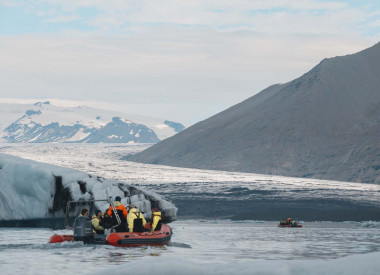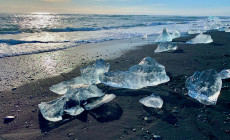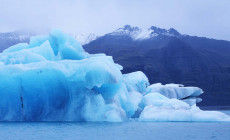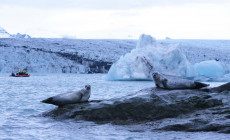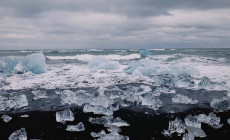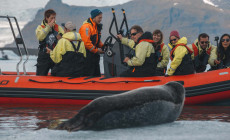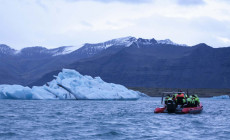-
Latin America
Latin America
- Countries (hidden space)
- Galapagos & Ecuador
- Guatemala
- Mexico
- Panama
- Peru
- Popular Attractions
- Machu Picchu
- Inca Trail
- Easter Island
- Galapagos Islands
- Patagonia
- Rio de Janeiro
- Iguazu Falls
-
Africa
Africa
- Spacer Africa
- South Africa
- Zimbabwe
- Popular Attractions
- Cape Town
- Okavango Delta
- Sossusvlei Dunes
- Victoria Falls
- The Kruger
- The Garden Route
- Masai Mara
-
Asia & Middle East
Asia & Middle East
- Asia
- Borneo (Malaysia)
- Cambodia
- India
- Japan
- Middle East
- Jordan
- Spacer Asia
- Laos
- Sri Lanka
- Uzbekistan
- Vietnam
- Popular Attractions
- Taj Mahal
- Lion Rock (Sigiriya)
- Angkor Wat
- Ha Long Bay
- Kyoto
- Petra
-
Destinations
- Latin America
- Argentina
- Bolivia
- Brazil
- Chile
- Colombia
- Costa Rica
- Galapagos & Ecuador
- Guatemala
- Mexico
- Panama
- Peru
- Asia
- Borneo (Malaysia)
- Cambodia
- India
- Japan
- Laos
- Sri Lanka
- Uzbekistan
- Vietnam
- Middle East
- Jordan
- Southern & East Africa
- Botswana
- Kenya
- Namibia
- South Africa
- Zimbabwe
- Contact Us
-
About
About
Llama Travel provides high quality holidays at the lowest possible prices.
99% recommend us Lower prices - guaranteed Financially protected by ATOL
Jökulsárlón Glacier Lagoon is a large glacial lake that sits south of Vatnajökull, Europe's largest glacier. Vatnajökull and its surrounding area, including Jökulsárlón, compose Iceland's largest national park: Vatnajökull National Park.
In 1930, the mighty Breidarmerkurjökull Glacier retreated back from the edge of the Atlantic Ocean carving into the soil beneath it and creating a depression. The melted glacier water then filled up the depression and the Jökulsárlón lagoon has been growing rapidly since then. As the ice melts, massive chunks break away from the ever-shrinking glacier tongue. In the last 50 years, Jökulsárlón has grown fourfold, making it now the deepest lake in all of Iceland.
Although Breidarmerkurjökull is visible from the lagoon’s shore, an adventurous Zodiac boat ride enables you to come up face to face with the glacier. On a Zodiac it is possible to cover large areas of the lagoon and get up close and personal with the glacier face. This is not possible on an amphibian boat.
Diamond Beach is the result of glacial ice breaking off into the Jökulsárlón lagoon. The huge chunks of glacial ice that collect in Jökulsárlón slowly makes their way out to sea, where they break up into thousands of smaller icebergs and wash up on the coast. The name ‘Diamond Beach’ comes from the stark contrast of the jet black sand with the white ice appearing like glistening gemstones.

